The Natural Sign
Home » Piano Notes » The Natural Sign
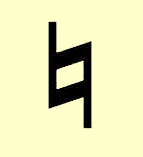
In the previous lessons we saw that a SHARP sign # raises a note half a step and that a FLAT sign b lowers a note half a step.
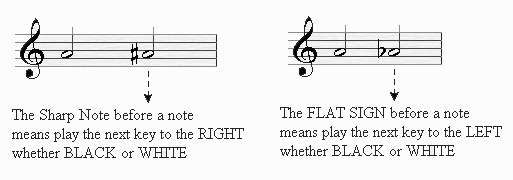
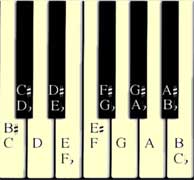
So basically, each key may be named in two ways.
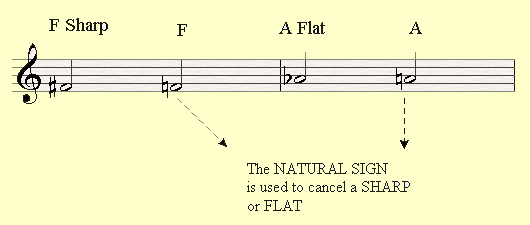
The NATURAL is used to CANCEL a sharp or flat.
A note that appears on the staff next to a natural will always a WHITE KEY on the keyboard.
In this next piece, "Fur Elise by Beethoven", you can see how the natural is placed in order to cancel the sharp note in the beginning of the bar.
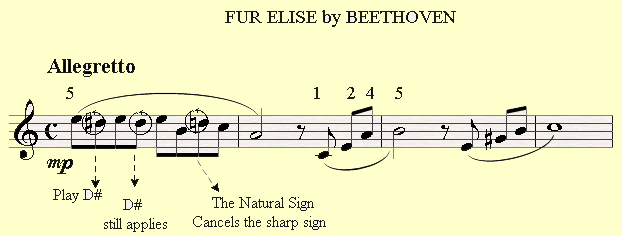
In this next musical piece, "Wedding March by Mendelssohn",
the natural mark cancels the sharp note which was indicated in the bar before.
In the previous lesson I thought you that when sharp or flat notes appear before
a note, they apply to that note for the rest of the whole measure.
Although this natural note is located in the NEXT measure we still use a
natural in order to avoid confusion with the previous bar.
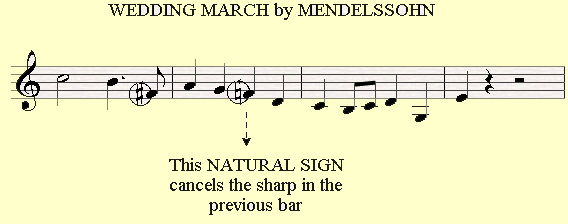
And here's a piece called "Melody in F by Anton Rubinstein" where the natural cancels a flat, but this time the flat sign is indicated in the key signature.
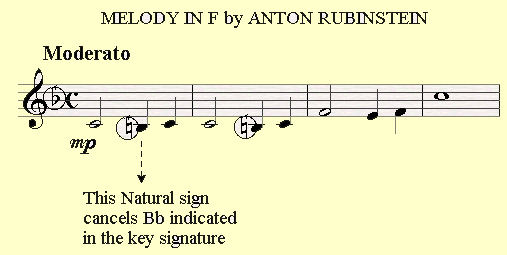
Finally, Here are some pieces with naturals.
Fur Elise by Beethoven Download
Melody in F by Anton Rubinstein Download
Swinging Download
Wedding March Download
Zebra Crossing Download
In the next piano lesson we'll learn about accent signs.
Return from The Natural Sign to Piano Notes.














